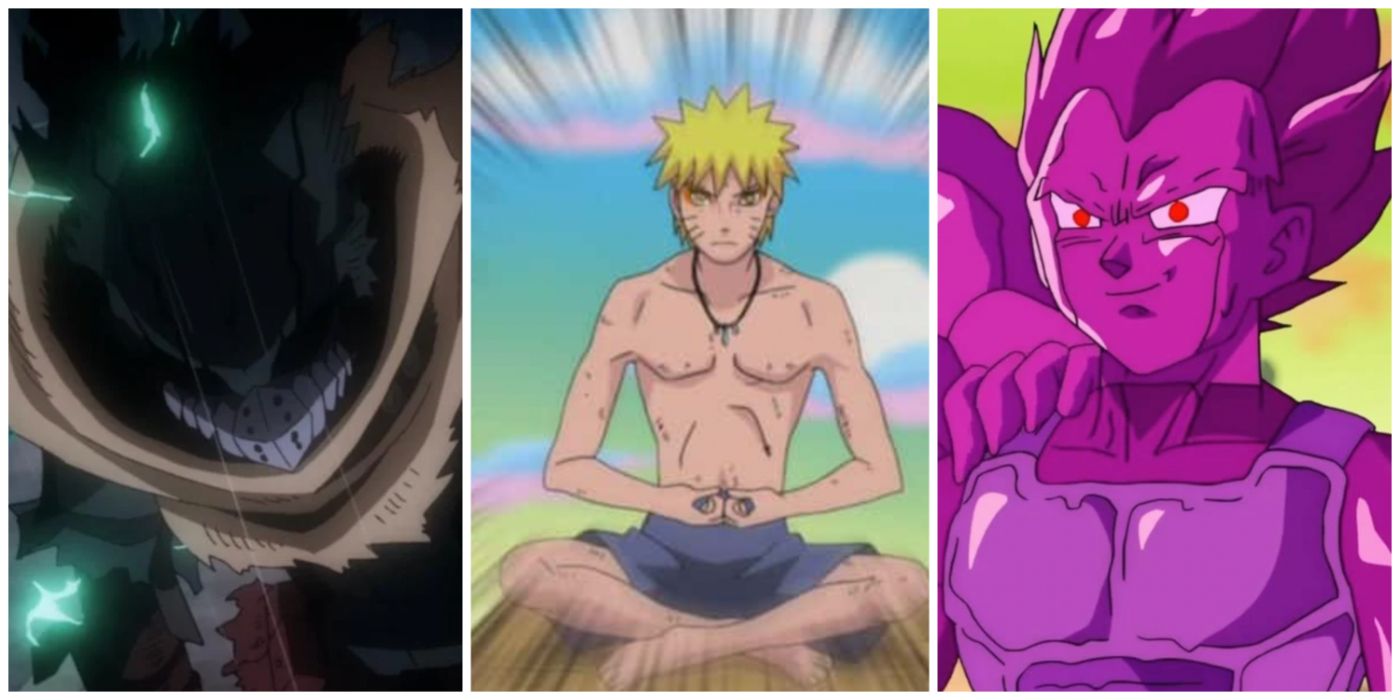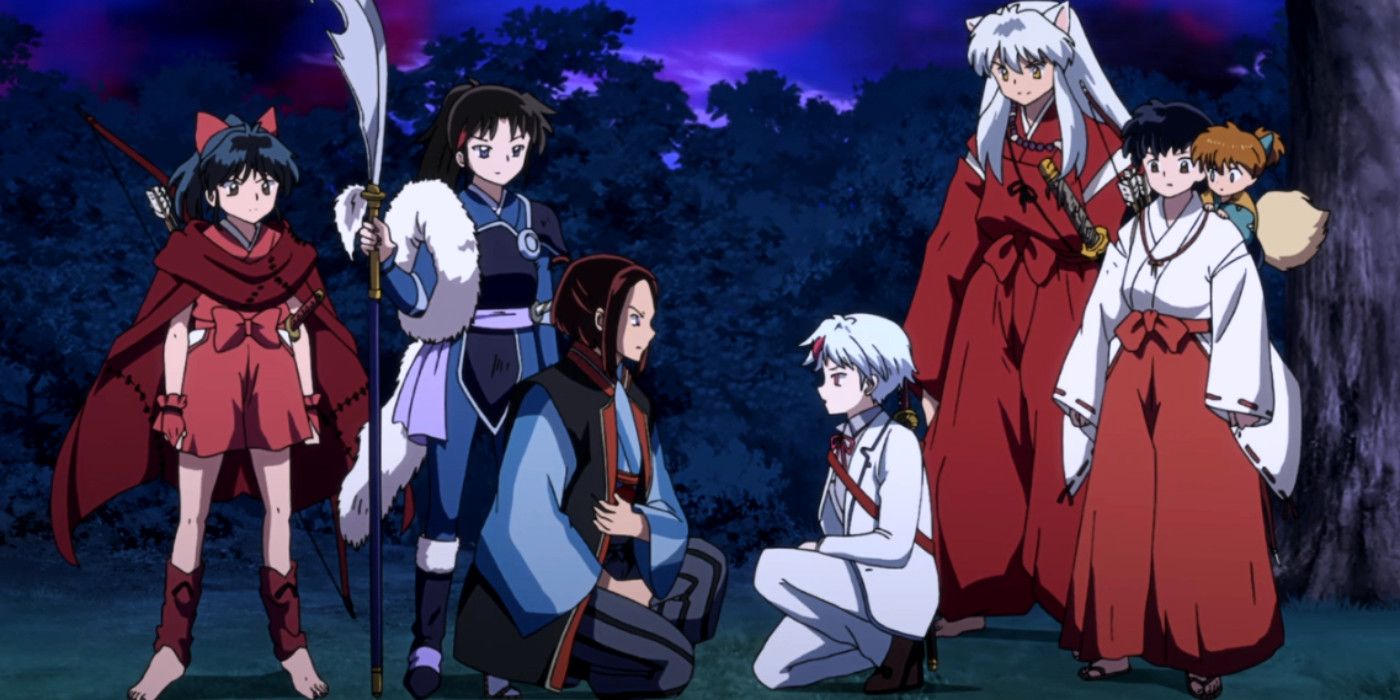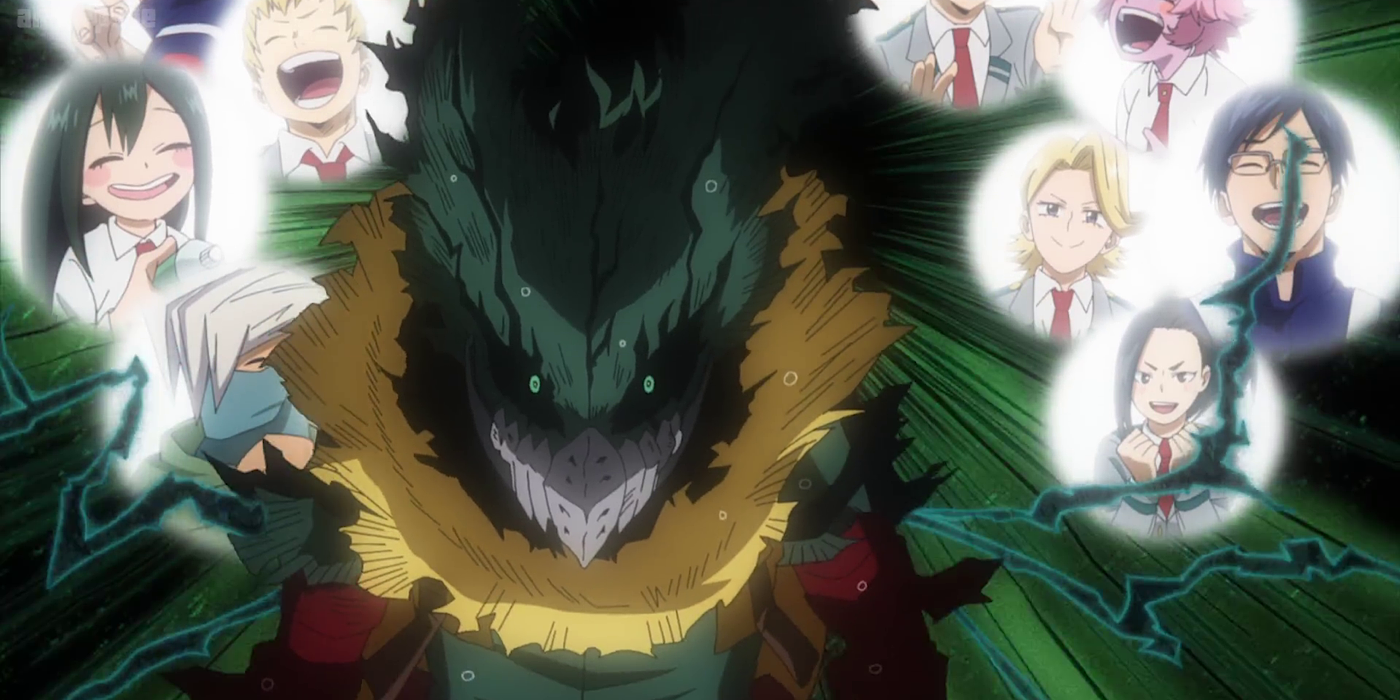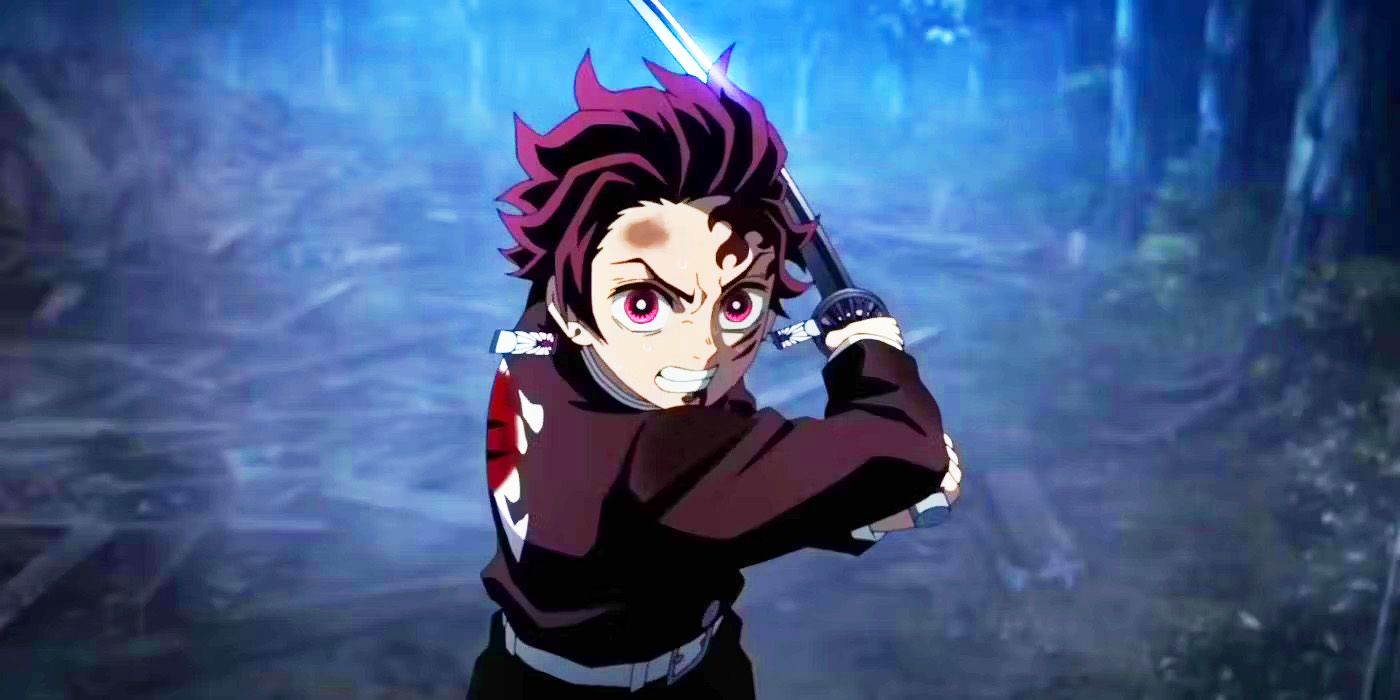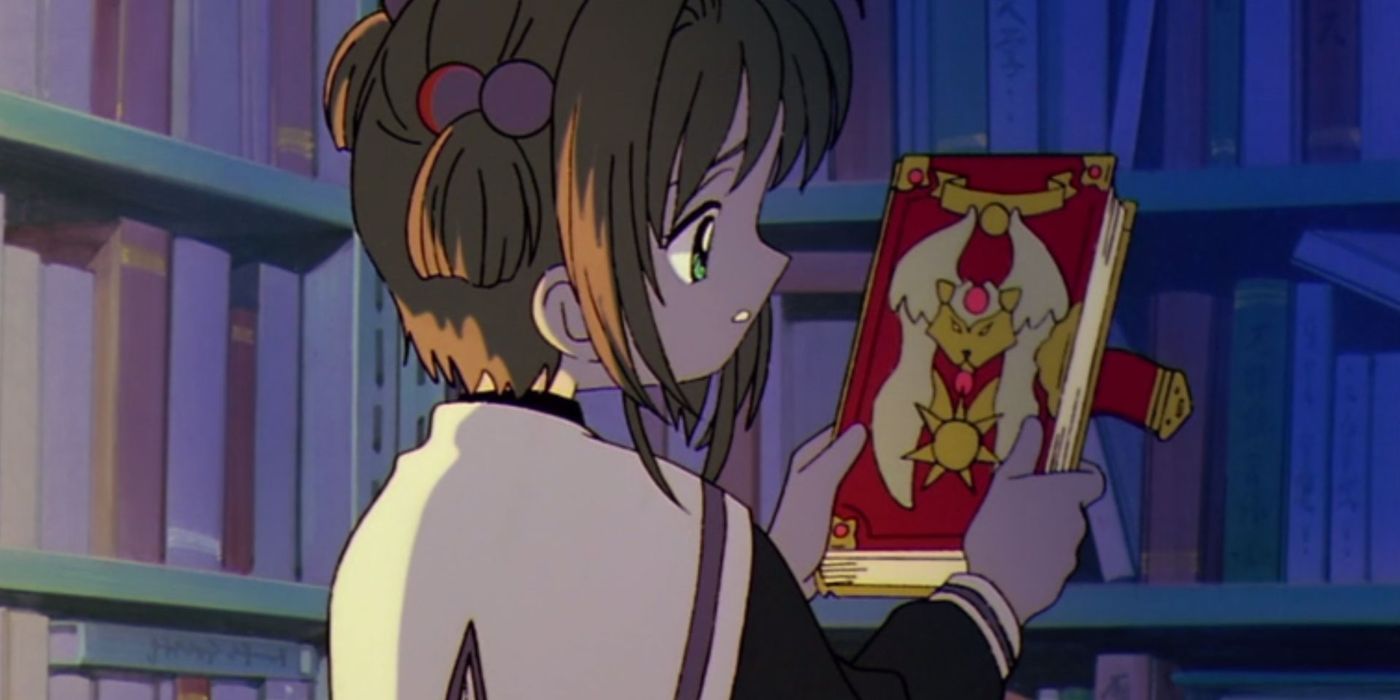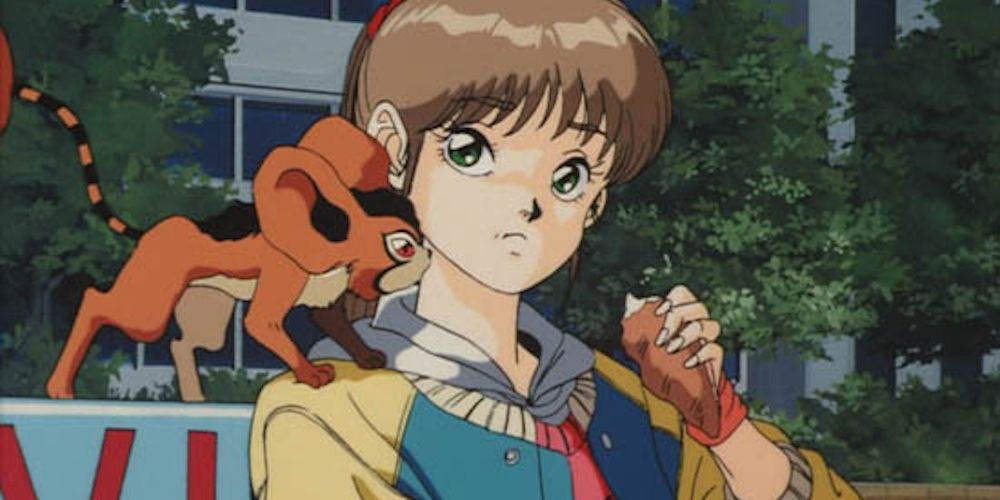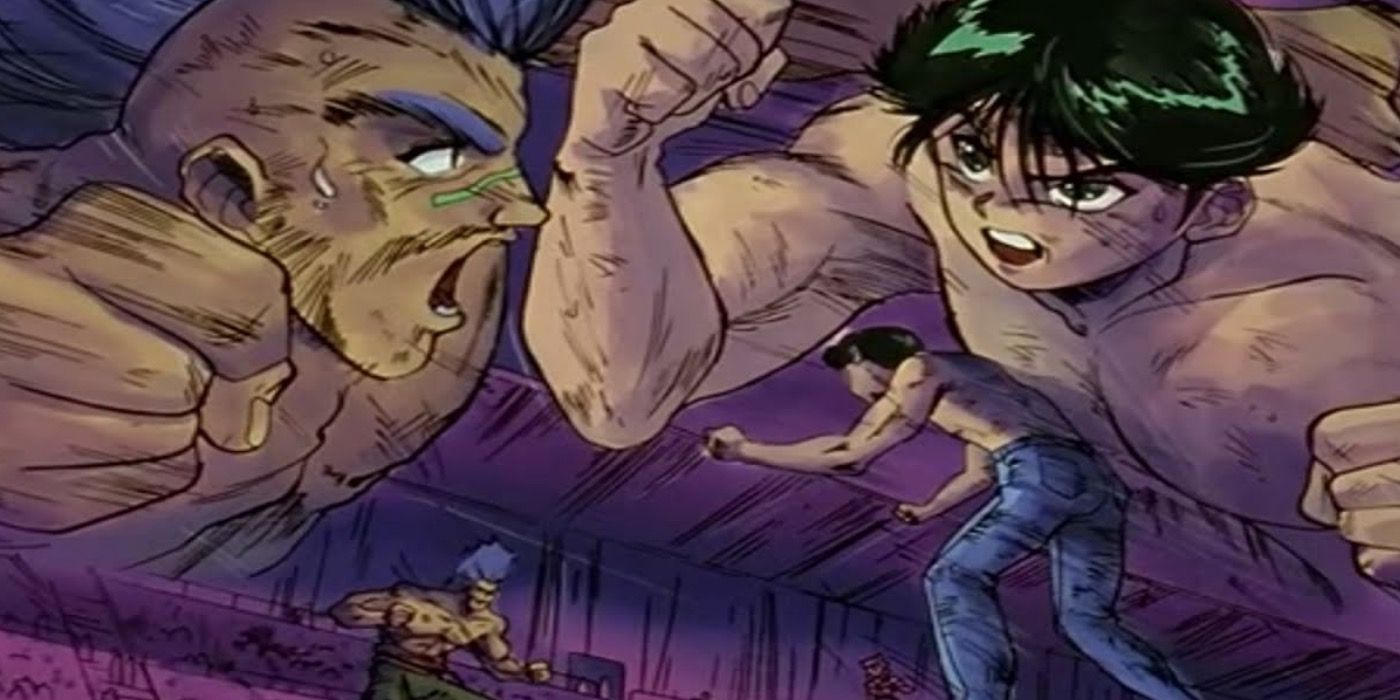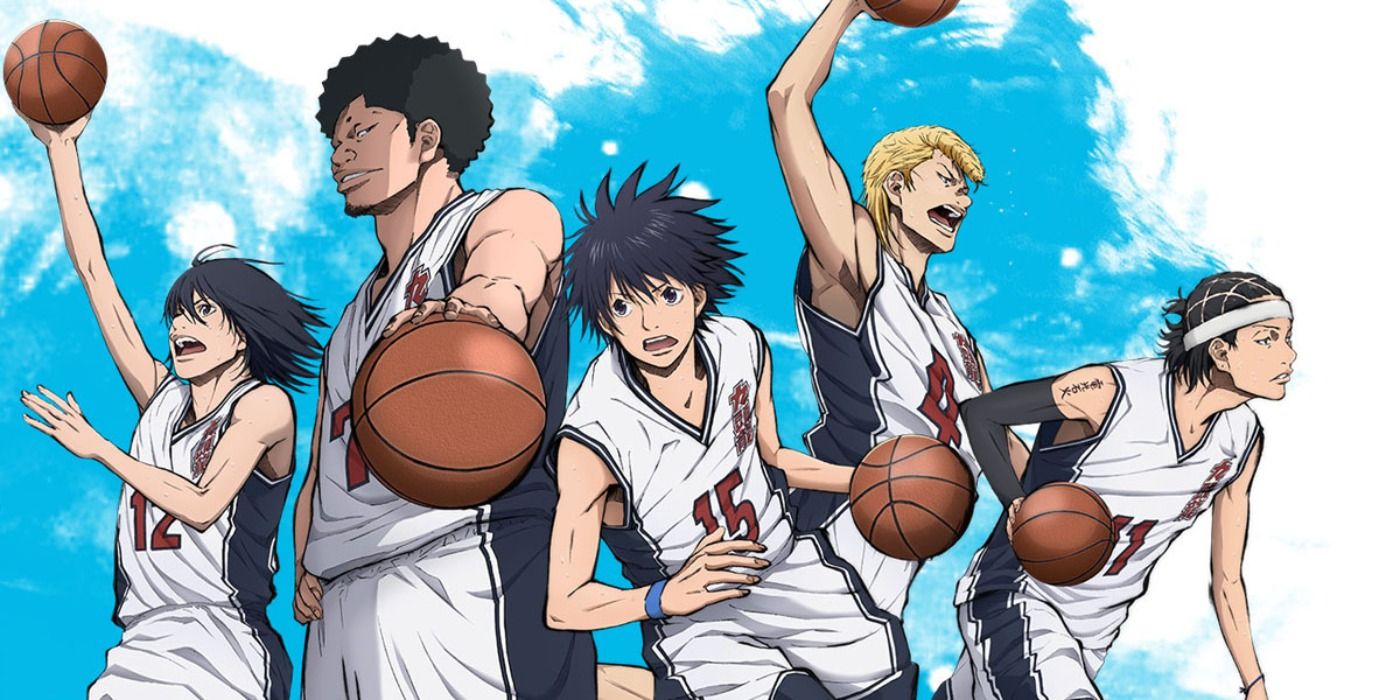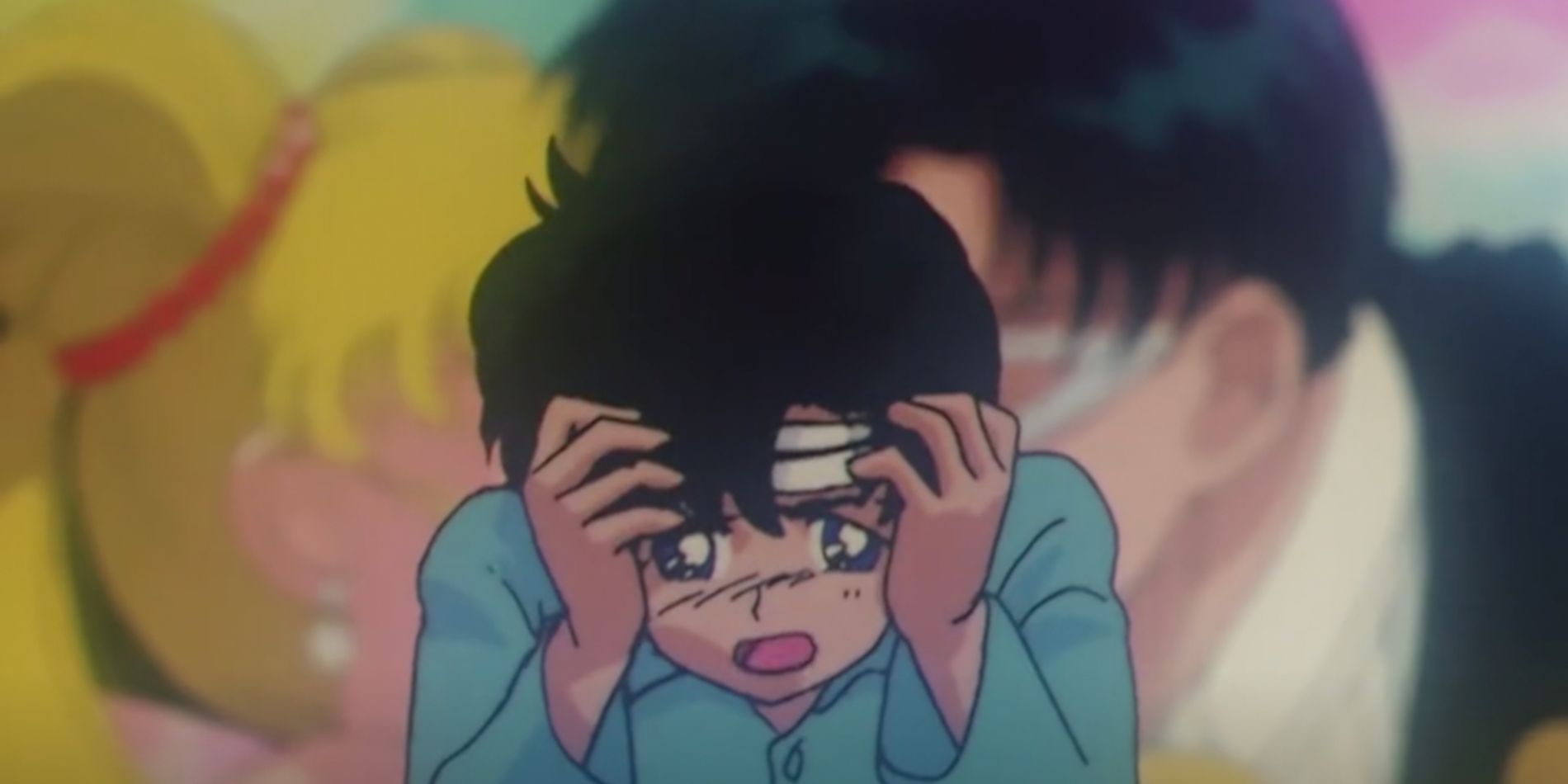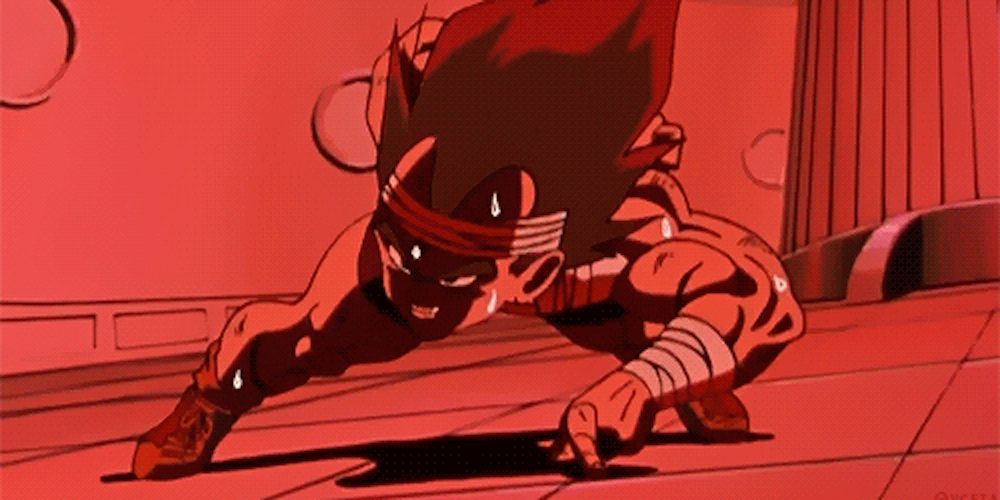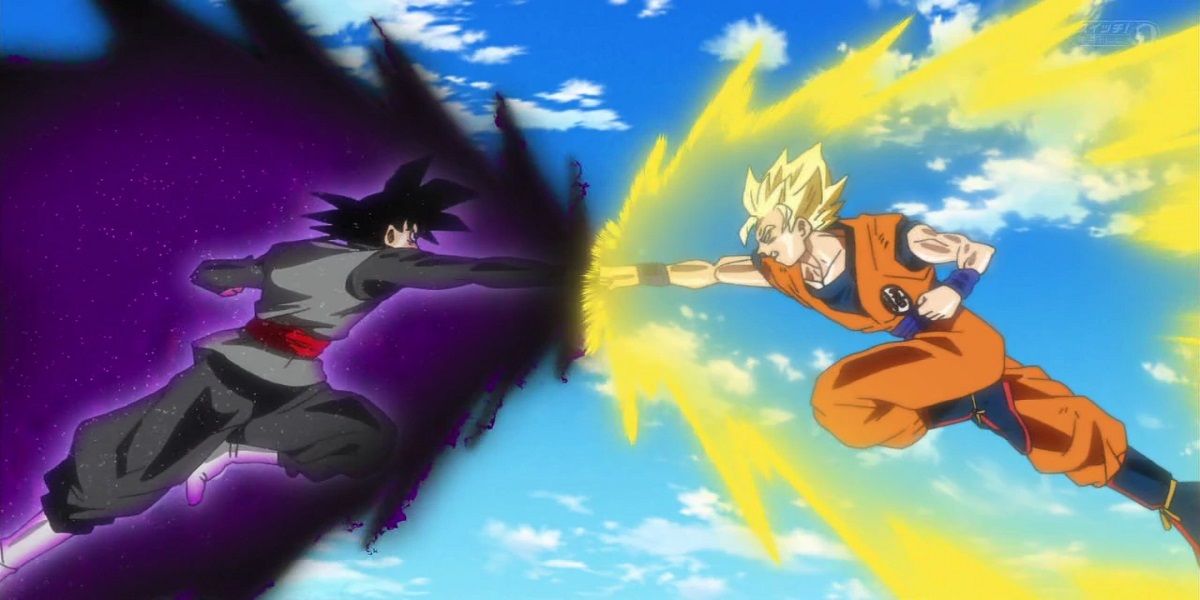Audiences remain endlessly entertained by the constant stream of anime content because these series can cover such diverse ground. Still, there are areas of creative overlap. Anime benefits from a wide range of storytelling genres, eclectic demographics, and animation styles that allow similar stories to feel unique. Anime is a medium that's endured for so long because of its willingness to take risks and mix up the status quo.
Still, anime is also no stranger to recurring stereotypes. Certain anime trends have persevered purely because they're still popular with audiences. However, there are also particular narrative turns that series continue to explore despite the area's diminishing returns. Some repetitive anime story arcs are worse than others and have truly run their course.
10 The Torch Gets Passed To The Next Generation
A popular trend in many long-running anime and sequel series is when the main characters have children who go on to become the series' focus. There are some occasions where a hero's progeny becomes a natural part of the story, but more often than not, it's just an excuse to retread the series' greatest hits through the next generation of characters.
There's nothing wrong with just letting a story end, but series like Dragon Ball, Naruto, and InuYasha partially tarnish their legacy by going through the motions, but with kids. This approach can either diminish the older heroes' accomplishments or result in them once again doing the heavy lifting.
9 The Hero Must Fight Off Their Inner Darkness
Anime heroes conquer some incredible villains, but protagonists often learn that the greatest darkness can come from within. It's become a popular trope for anime characters to undergo a dark period before they gain some clarity and come out more heroic than ever before.
There's not always a renewed sense of heroism on the other side of this journey, but it's quite rare for heroes to truly become corrupted and turn into the show's antagonists. This arc loses a lot of impact since the character's steadfast heroism feels like a foregone conclusion.
8 The Forging Of A New Weapon
It's not uncommon for the hero in an anime to only be as powerful as the weapon that they wield. Some anime find increased popularity through their extravagant weapons. An easy way to create artificial stakes and slow down the storytelling is by introducing an even more powerful weapon for the characters to acquire.
The warrior's previous weapon breaking sometimes predicates this shift, but there are also plenty of series where a deadlier tool is essential for eliminating evil. A stronger weapon is exciting, but it doesn't need to come at the cost of a standstill in storytelling.
7 A Powerful Artifact Gets Fractured & Must Be Found
Ongoing adventure anime love to include a series of relics to collect that become the overarching goal. There's actually a lot of value in a vague roadmap that helps the audience know how close the heroes are to the end of their journey, but there's also room for variety, too. Everything from Dragon Ball to Cardcaptor Sakura to Monster Rancher involves a powerful artifact broken into pieces and scattered across the world.
It's a good starting point for an anime, but series need to go beyond merely the collection of fragments. It also doesn't help that a wish is frequently the reward for assembling these treasures.
6 The Seemingly Innocent Creature Companion Reveals Its True Powers
The limitless nature of anime lends itself to plenty of cuddly anthropomorphic animal companions that would be impossible in any other series. A strange creature sidekick can make for a fun mascot that's easy to attract an audience.
There are also series that gradually reveal that these cute creatures contain catastrophic powers, some of which will even take on more mature and aggressive forms. This trope is now somewhat predictable, which means that some of the more effective versions of it, like One Piece's Chopper or even Koichi's Stand in JoJo's Bizarre Adventure, feel more generic.
5 A Dark Tournament Of Evil Opponents
Shonen series love to prioritize non-stop combat, and one of the easiest ways to cater to this need is through a martial arts tournament that assembles dozens of fighters. Tournaments are tricky territory for anime since they can sometimes result in powerful transformations or the introduction of fan-favorite opponents.
Still, there's a tendency for tournaments to overstay their welcome and occupy dozens of episodes. These tournaments contain action highlights, but they also have plenty of lackluster combat; it's easy to fall into a repetitive pattern that's more boring than suspenseful.
4 The Plucky Underdog Who Proves Themselves As An Expert
Audiences need to see progress in their characters; it's rare for an anime to connect if it features a character who's ridiculously strong right out of the gate. Certain genres, like sports anime or mecha series, amplify a character's underdog status to better accentuate their surprise excellence in their respective fields.
Plenty of anime star characters who are genetically disposed to fail in the areas that give them joy, only to rise as prodigies. It's always nice to see a humble hero find success, but it can lead to a predictable opening arc and trajectory for many series.
3 The Use Of Amnesia As A Storytelling Device
Some plot twists and contrivances are sloppy in whatever medium they're in, anime or otherwise. Amnesia is often used in soap operas and other heightened forms of storytelling. It seems like amnesia is happens much more often in fiction than in real life; it's a sloppy way to insert conflict through confusion.
Nevertheless, several anime, such as Sailor Moon, resort to amnesia at the beginning of new story arcs to help reset the slate. Amnesia helps characters return to their original roles and dramatic states, but it's just a lazy means to an end.
2 A Lengthy Training Saga
Anime fans love to see their favorite characters get stronger and accomplish unbelievable things, but this progress needs to feel natural. Sloppy "power scaling" can frustrate anime fans; a smart way around this is to put individuals in rigorous training scenarios.
Training sagas are a necessary evil for more action-centric anime, but they're rarely as compelling as the fights that follow. Characters must train, but it's easy to completely derail a story's momentum when the audience knows that several installments will be spent on training. It's a difficult structural element to incorporate properly.
1 Taking On An Evil Doppelgänger
So much stock is put into the various villains that take on the heroes in anime. It's easy to understand why the prospect of an evil twin is popular in anime. It often feels like no one is strong enough to take on some heroes and that only a dark doppelgänger could accomplish such a task.
Unfortunately, the evil dopplegänger concept that turns a hero's most valuable techniques against them has been done to death. The dramatic stakes in such a move have been lost over time, and it comes across as a desperate trick more than a surprising strategy.

